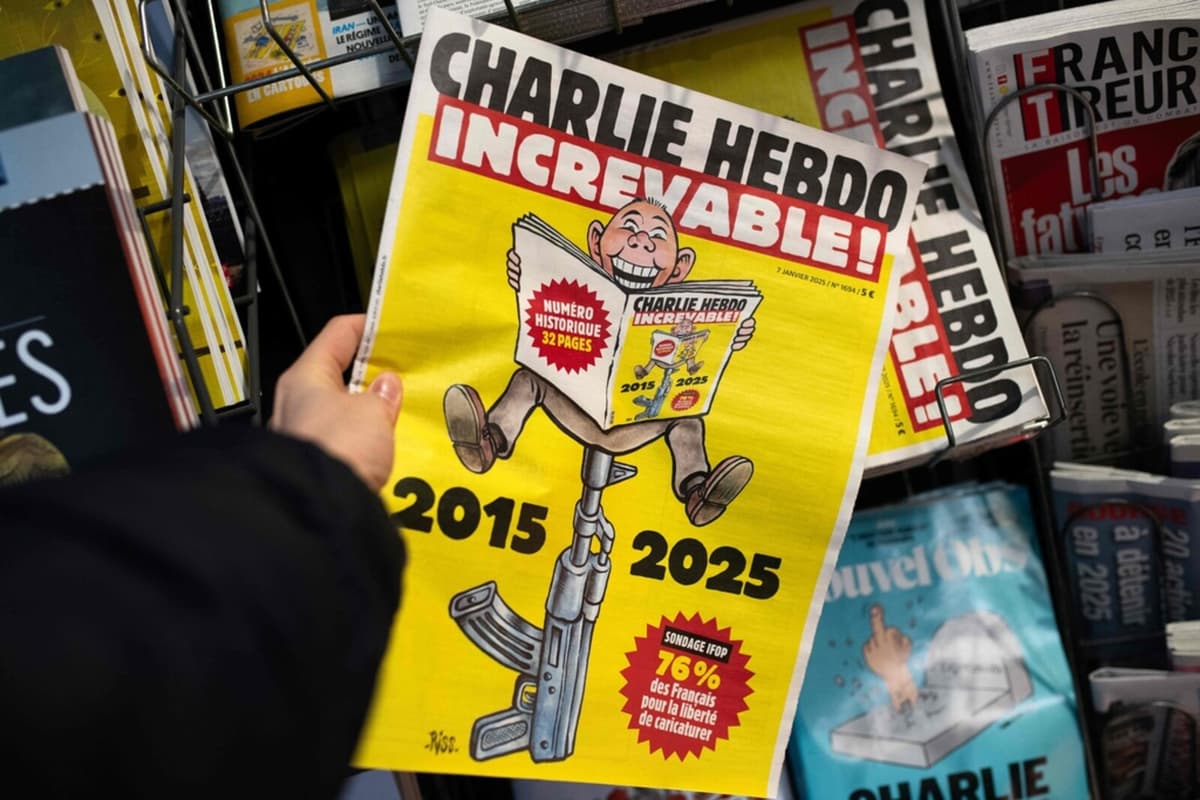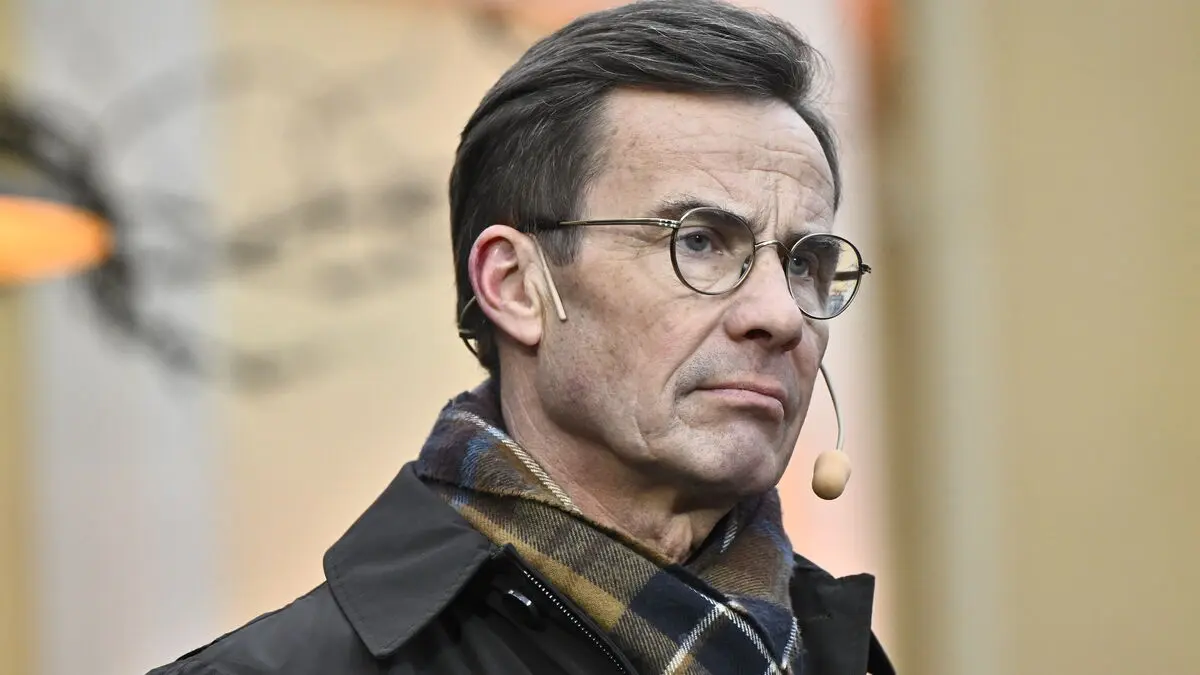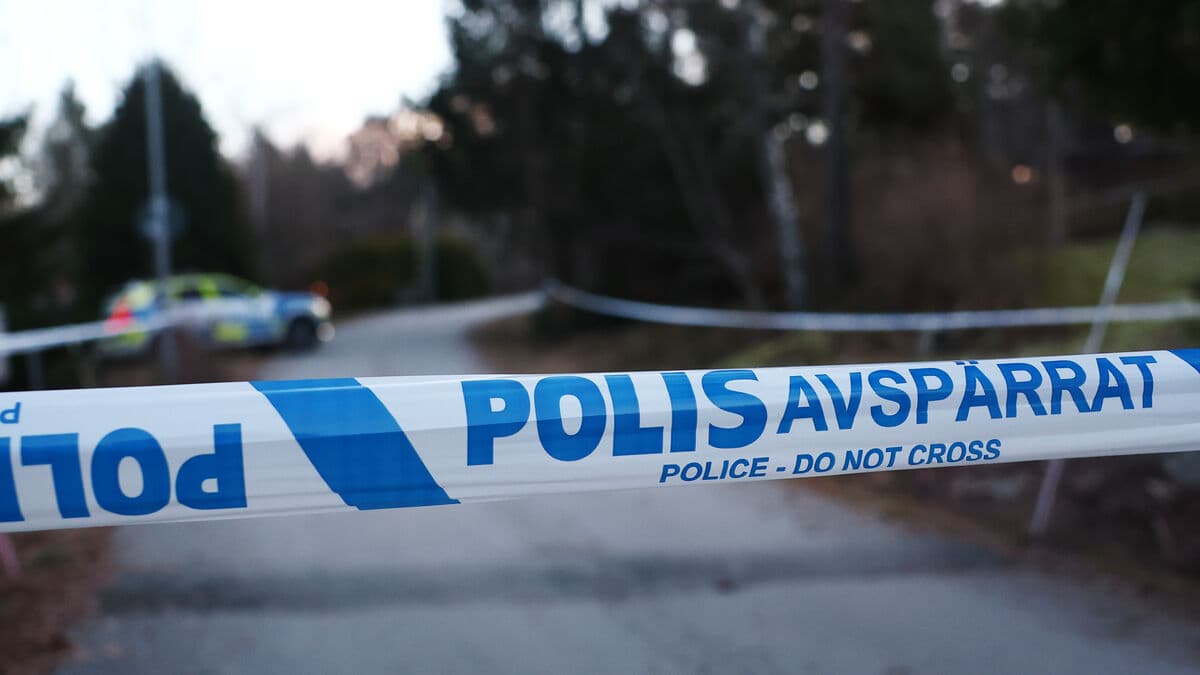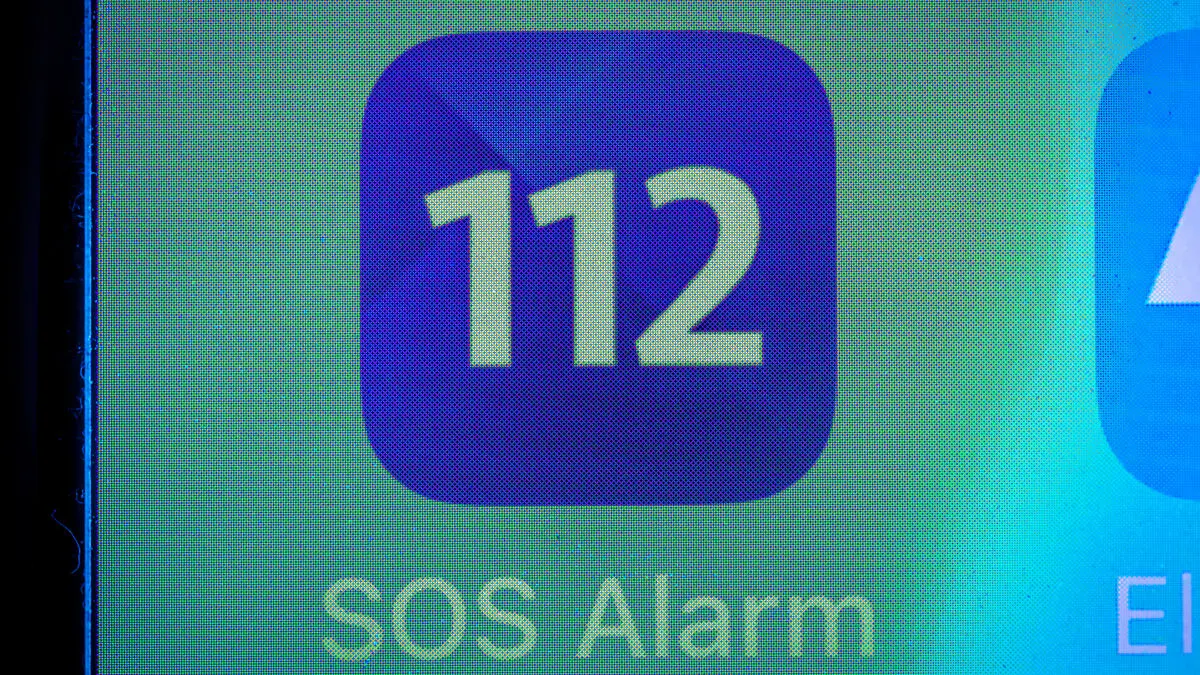"Satire has a virtue that has made it possible for us to get through these tragic years: optimism. If you want to laugh, it means you want to live. Laughter, irony, and caricatures are manifestations of optimism," writes Laurent Sourisseau, better known as Riss, in a leader in the special edition of Charlie Hebdo published on the anniversary.
He was one of those who survived the 2015 attack, carried out by two Paris-born brothers of Algerian descent as revenge for the weekly's publication of caricatures of the Prophet Mohammed.
The newspaper's editorial staff now works at a secret location and the editors live under constant police protection due to an ongoing threat.
"I am Charlie"
The front page of the special edition features a caricature with the headline "Indestructible!". Four pages inside the newspaper are then dedicated to presenting the results of a competition where the publication's editors, in true Charlie Hebdo spirit, have invited cartoonists to submit their funniest and most vicious depictions of God and religious leaders.
The massacre at Charlie Hebdo's editorial office, where some of France's most famous cartoonists were killed, triggered a wave of sympathy. The concept of "Je suis Charlie", "I am Charlie", was coined just hours after the attack in solidarity with those who were murdered and with freedom of expression.
However, there have also been strong reactions against Charlie Hebdo's often coarse and deliberately offensive humor, which is part of a long-standing French caricature tradition, in countries with a Muslim majority.
Crossing the line
Since its inception in 1970, Charlie Hebdo has repeatedly tested the limits of French laws on freedom of expression, laws that offer protection for minorities but allow blasphemy and ridicule of religion.
There are limits, as before, for anti-Semitism, racism, and incitement against people. We do not target people, and if we caricature people, it is for what they represent, not for who they are, said editor-in-chief Gérard Biard recently to AFP.
Critics argue, however, that the weekly sometimes crosses the line into Islamophobia and point to some caricatures of the Prophet Muhammad that seem to associate Islam with terrorism. A cover in August featuring the Virgin Mary infected with the mpox virus also led to two complaints from Catholic organizations in France.
Five of France's most famous cartoonists lost their lives when Charlie Hebdo was attacked by terrorists. All were known under their signatures.
"Charb": Stéphane Charbonnier, 47. Collaborated since 1992. Lived under police protection since the magazine published a Muhammad cartoon in 2011. The attackers allegedly asked specifically for him.
"Cabu": Jean Cabut, 76. Lived under threat for his own prophet caricatures.
"Wolinski": Georges Wolinski, 80. Legendary long before Charlie Hebdo was founded in the late 1960s. Born in Tunisia to an Italian mother and Polish father, who was murdered when Wolinski was just a few years old.
"Honoré": Philippe Honoré, 73. Had worked at Charlie Hebdo since 1992.
"Tignous": Bernard Verlhac, 57. Less well-known than the others, but well-established in the French press.
Source: AFP





